pruning russian sage?
rober49
10 years ago
Related Stories
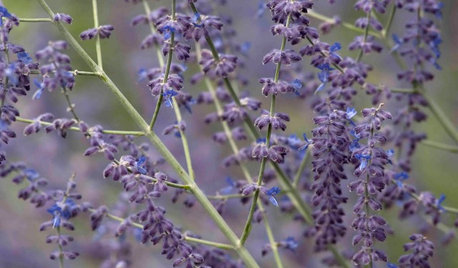
SPRING GARDENINGGreat Design Plant: Russian Sage
Silvery stems in winter and a haze of purple blooms in spring and summer make this spiky plant a year-round performer in the garden
Full Story
WINTER GARDENINGPruning Secrets for Exquisite Roses
Encourage gorgeous blooms year after year with this time-tested advice on how to prune your rosebush in winter for health and shape
Full Story
GARDENING GUIDESHow to Prune Your Flowering Shrubs for the Best Blooms
Less is often more when it comes to properly pruning flowering shrubs. Here’s what to do and why
Full Story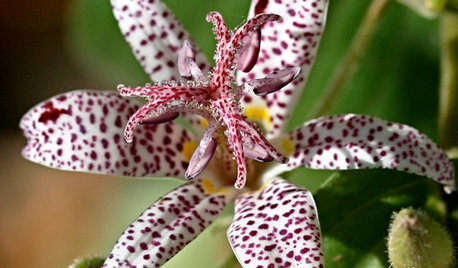
SUMMER GARDENING10 Perennials to Extend Your Garden's Summer Color
Revive summer-weary gardens with outstanding late bloomers such as toad lily, Russian sage, blanket flower and more
Full Story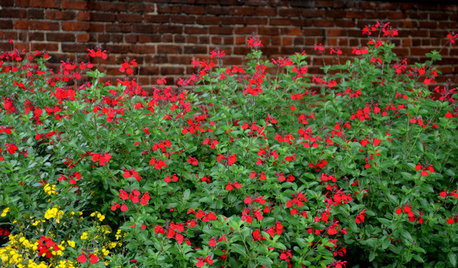
GARDENING GUIDESGreat Design Plant: Autumn Sage Brings Color and Butterflies
Whether you live in the arid desert or the humid South, you'll likely find this deer-resistant beauty as irresistible as winged creatures do
Full Story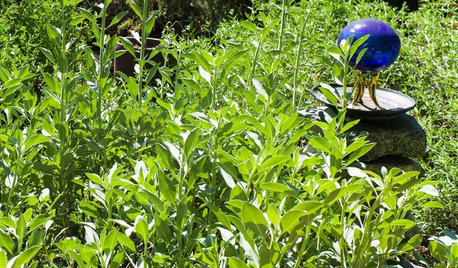
FLOWERS AND PLANTSWhite Sage Shimmers in the Water-Wise Garden
California native Salvia Apiana features silvery-green foliage and seasonal flowers that bees, hummingbirds and butterflies love
Full Story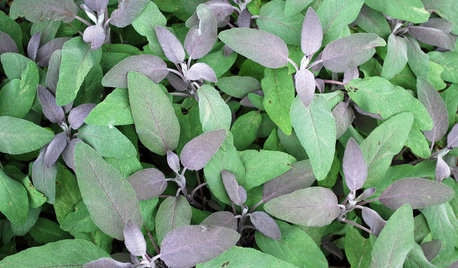
EDIBLE GARDENSHerb Garden Essentials: Grow Your Own Culinary Sage
Fill in your garden with this drought-tolerant perennial that’s flavorful and deer resistant
Full Story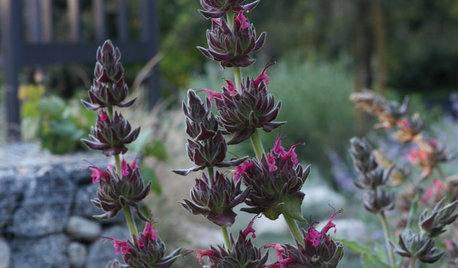
FLOWERS AND PLANTSHummingbird Sage Lures Wildlife With Its Sweet, Fruity Fragrance
This native California ground cover thrives with little water on grassy slopes, under trees or in patio containers
Full Story
HOUZZ TOURSHouzz Tour: Elegant and Modern in San Francisco
San Francisco designer Chloe Warner puts a new twist on modern style in this Russian Hill apartment
Full Story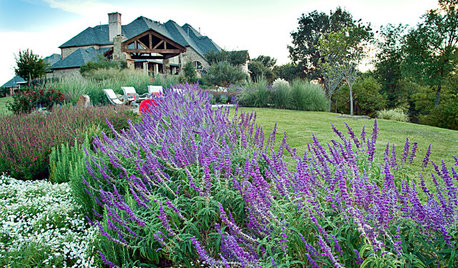
GARDENING GUIDESGreat Design Plant: Salvia Leucantha
Soft, velvety purple spikes gracefully arch over the gray-green foliage of Mexican bush sage in spring through fall in western U.S. gardens
Full StoryMore Discussions








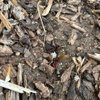
GreatPlains1
rober49Original Author
Related Professionals
Allen Landscape Architects & Landscape Designers · Bridgetown Landscape Architects & Landscape Designers · Rossville Landscape Architects & Landscape Designers · Zion Landscape Architects & Landscape Designers · Arlington Landscape Contractors · Edwardsville Landscape Contractors · Huntington Landscape Contractors · Mendota Heights Landscape Contractors · Ocoee Landscape Contractors · Parkland Landscape Contractors · Paterson Landscape Contractors · Peoria Landscape Contractors · West Orange Landscape Contractors · Weymouth Landscape Contractors · Woodbury Landscape Contractorskatob Z6ish, NE Pa
gardenweed_z6a
GreatPlains1
rober49Original Author
GreatPlains1
GreatPlains1
rober49Original Author
GreatPlains1
User
gardenweed_z6a
rober49Original Author
GreatPlains1